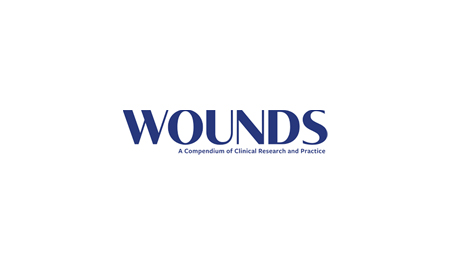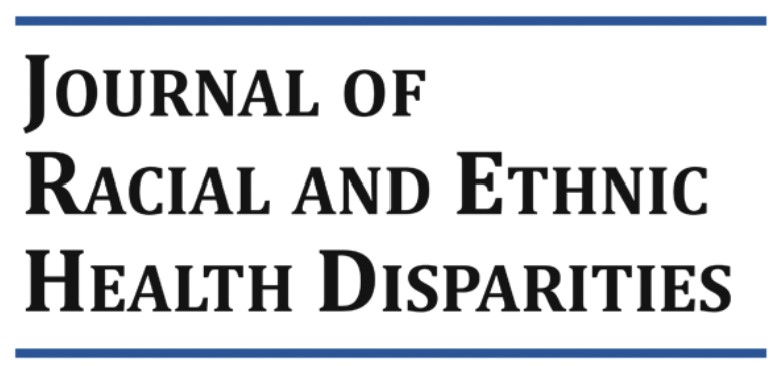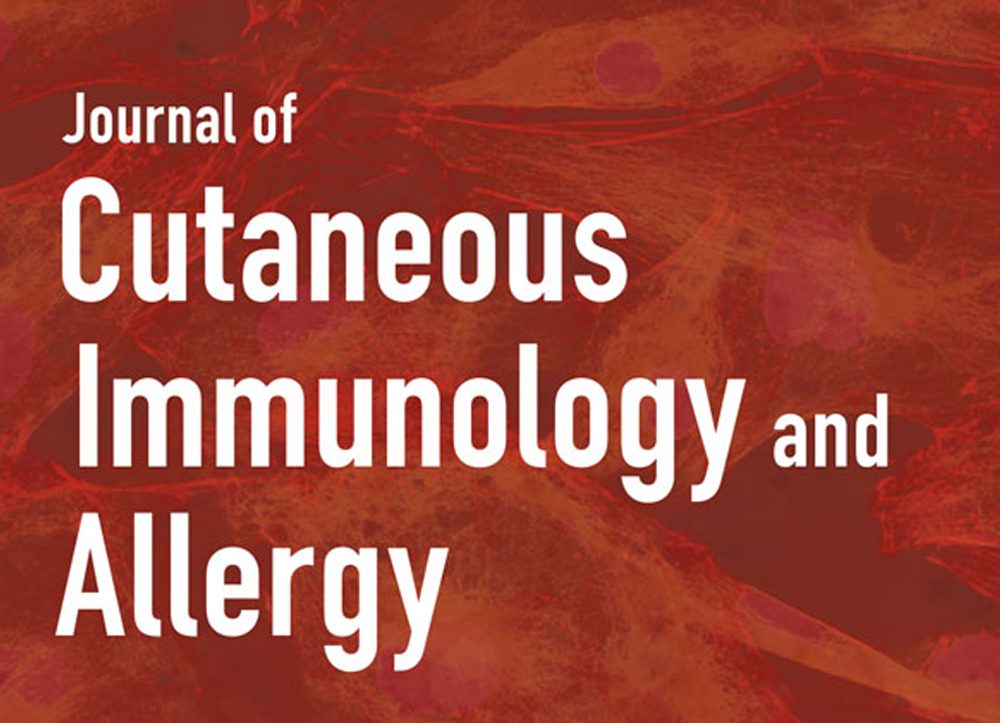Abstract
Background: Cold atmospheric plasma (CAP) has been used successfully for wound treatment, with thrice weekly treatment intervals. In this study, we wished to investigate whether comparably beneficial results can be achieved even with once weekly CAP treatment.
Patients and methods: In this randomized clinical pilot study (RCT) patients with therapy-refractory chronic wounds were examined over a maximum of twelve weeks. Groups 1 and 2 were treated with CAP once and twice a week, respectively. Patients in Group 3 received placebo therapy once a week.
Results: Wound area decreased significantly by 63.0 % in Group 1 (n = 14, P = 0.005) and by 46.8 % in Group 2 (n = 13, P = 0.007). In Group 3 (n = 10) the wounds grew on average 17.5 % larger. A significant reduction in pain was measured in both CAP-treated groups (Group 1: P = 0.042; Group 2: P = 0.027). Only in Group 2 was there a significant improvement in wound-specific quality of life (P = 0.005). After the 12-week CAP treatment, the reduction in bacterial load compared to the day of study inclusion averaged 50.4 % for Group 1 and 35.0 % for Group 2.
Conclusions: Our RCT shows that treatment with CAP improves various aspects of wound healing in patients with therapy-refractory chronic wounds. The results obtained for once weekly treatment with CAP were not inferior to those obtained when CAP treatment was three times a week. Treatment once a week is also easier and more economical to implement in clinical routine.
















